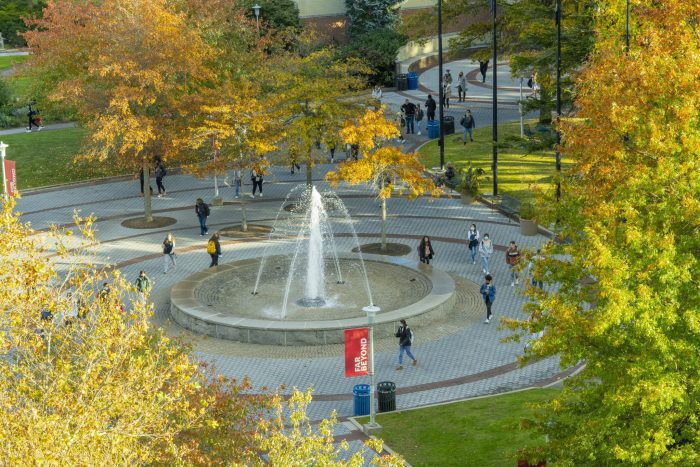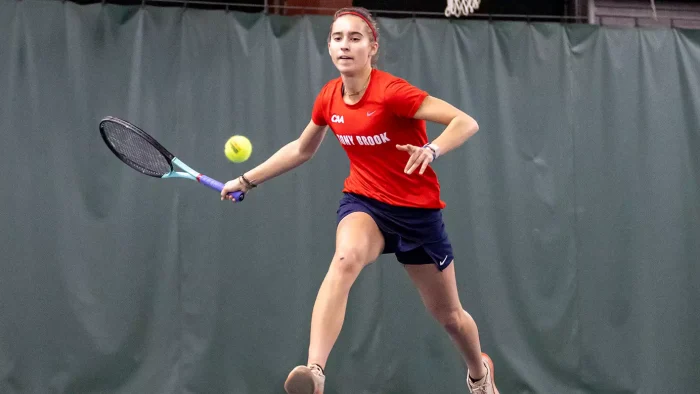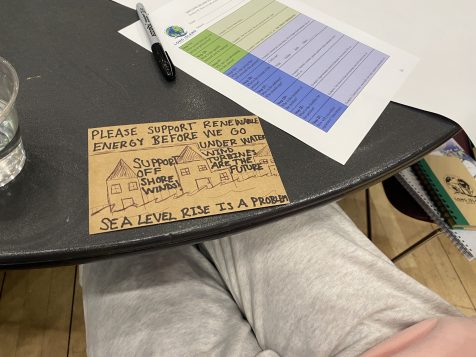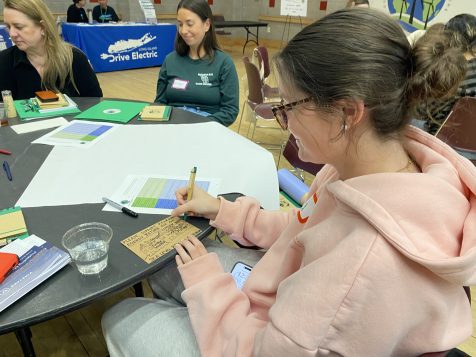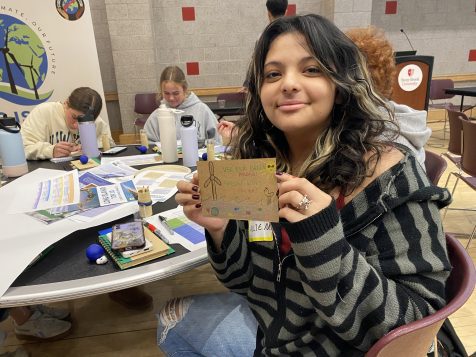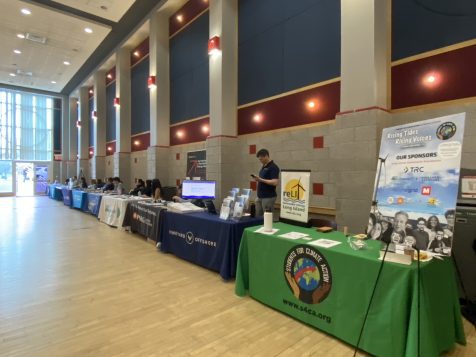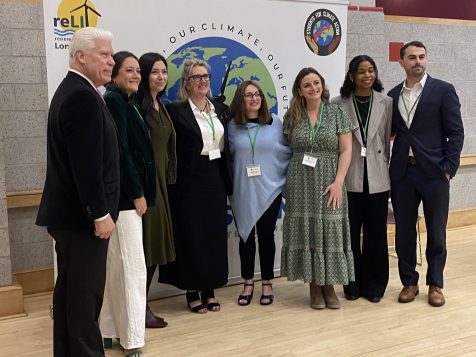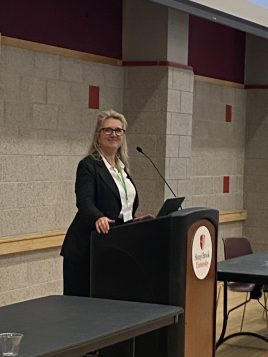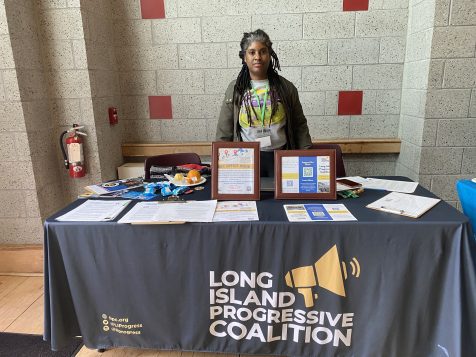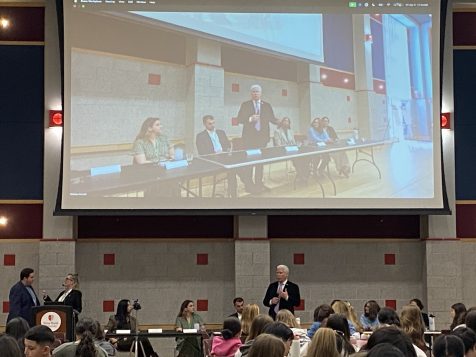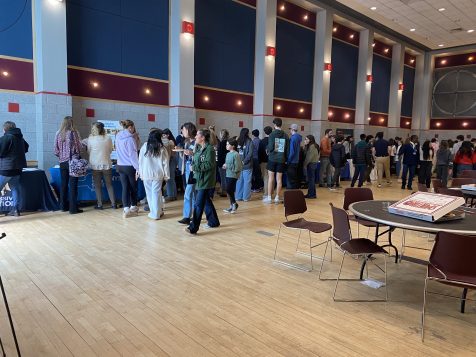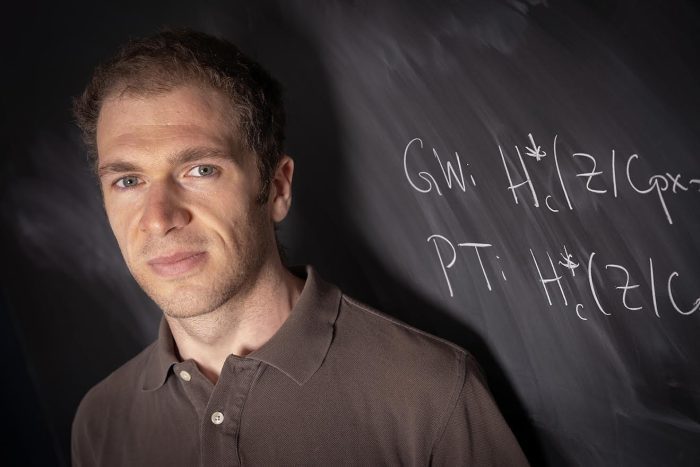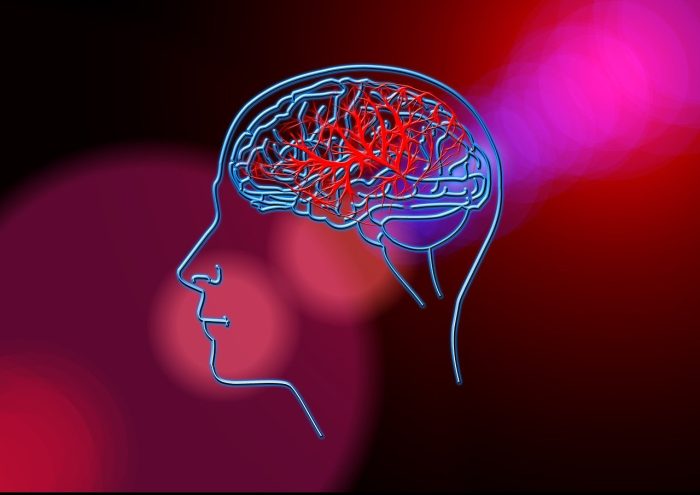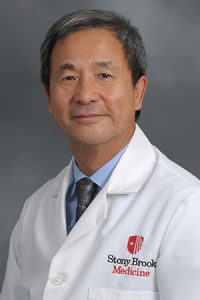By Daniel Dunaief
The federal government took them away and has, for now, returned them.
Amid a national crackdown on international students throughout the country, the federal government’s Student and Exchange Visitor Program removed the visas of 11 international students at Stony Brook University on April 10, without providing any public information about the reasons for the decisions or the process that would follow.

Early this week, the downtstate flagship university announced that the student visas, which are necessary for work and, in some cases, to remain in the United States, were reinstated.
“We are delighted to share that all 11 Stony Brook students whose immigration status was terminated by the federal government several weeks ago had had their status reinstated,” Provost Carl Lejuez, Vice Provost for Graduate Educate Celia Marshik and Senior Associate Provost for Global Affairs Lindsi Walker announced in an email to faculty, staff and students.
The 11 Stony Brook students were among the 1,500 students nationwide whose visa status was terminated. Most of those students have also had their visas restored, although the government indicated that it was creating a new system to review and terminate student visas.
At the University of North Texas, 28 international students had their visas restored on Tuesday, while Rutgers students also had their visas restored this week.
Judges in numerous juridsictions had temporarily restored student record amid lawsuits challenging the decision by Immigration and Customs Enforcement about the Student and Exchange Visitor Information Program (SEVIS) withdrawals.
District Judge Ana Reyes in the District of Columbia on Tuesday called the withdrawals “arbitrary and capricious” and suggested that the terminations “showed a lack of concern for human individuals,” according to ABC News.
In their joint email, Stony Brook officials expressed appreciation for the community support for these students.
“Stony Brook is deeply enriched by the perspectives and contributions of our global community, and we are proud to learn, teach and conduct research alongside exceptional international students and scholars,” the officials wrote in their email.
The reversal comes as litigation against the federal government mounts, with student arguing that the revocations were unconstitutional.
After Stony Brook University announced the visas had originally been removed, students gathered to express their support for the students affected and to urge the university to help defend against deportation and the loss of any work study efforts.
Stony Brook officials indicated that students had continued with their academic pursuits amid the shifting visa process.
“We are not aware of students missing classes as a result of their status being revoked,” Lejuez explained in a written message, “and now, with this restoration, they are able to simply continue in their studies without further distractions.”
Political support
Local politicians from both parties welcomed the administration’s decision to allow these students to continue with their educational programs.
“I am pleased that the visas of the international students at Stony Brook were restored,” County Executive Ed Romaine (R) explained in a written message. “Educating international students in the U.S. helps those around the world better understand our country and apprecaite the many good things and freedoms we enjoy.”
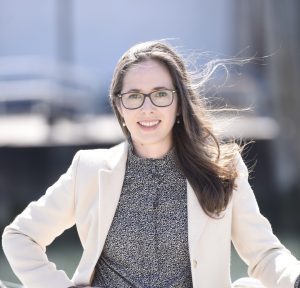
Democratic State Assemblywoman Rebecca Kassay, whose district includes Stony Brook, Setauket, Port Jefferson, Port Jeffferson Station, Mount Sinai and Coram, appreciated the support of the university and of the office of Sen. Charles Schumer (D).
As soon as she learned that these student visas were revoked, Kassay connected with Stony Brook University’s Associate Vice President for Government Relations Carl Mills and with Schumer’s office.
Once the students had legal representation, Schumer’s office was able to ensure that the appeals process proceeded fairly, Kassay said.
At the time, and as a part of her ongoing responsibility to the district, Kassay urged anyone with concerns to reach out to her office to “make sure you are getting the calls back” from any of the various entities involved in the process, she said.
Kassay suggested that her staff works to make sure constituents are getting service from all levels of government.
Kassay recognized that this visa issue could return for international students in the area.
“We stand at the ready to help navigate whatever might come about with issues resulting from federal executive orders or policies,” Kassay added.
To be sure, Kassay suggested that students on visas don’t have the freedom to break laws or to violate the terms of their time in the country.
“If individuals are found to have a criminal background, or to have cause for removal from our country and that is proven by due process, then so be it,” she said. “We all deserve due process. Now is the time to make that clear.”
Kassay suggested that she felt sympathetic to students who didn’t face any public charges and whose futures had suddenly become uncertain.
“My heart goes out to the individuals and their families,” Kassay said.


